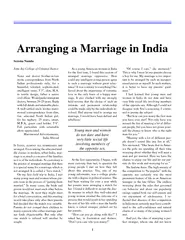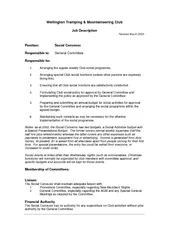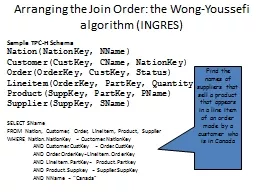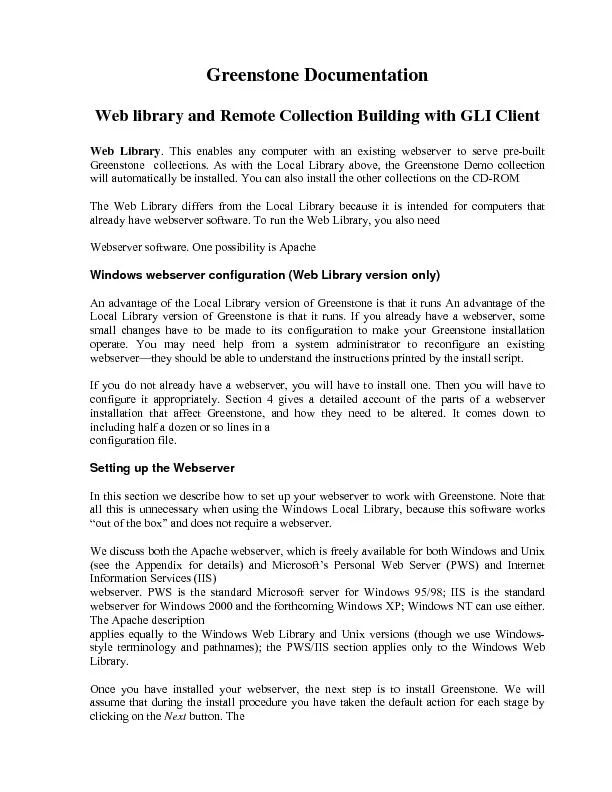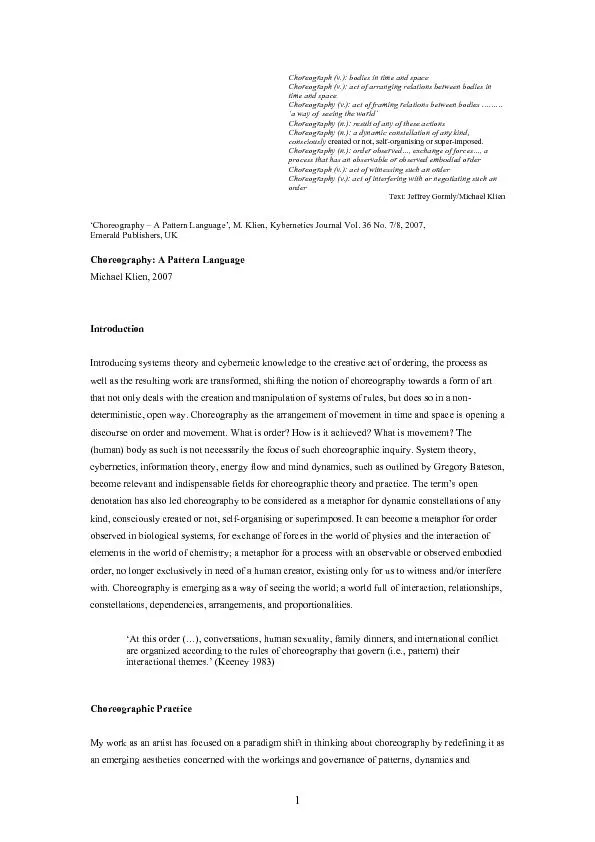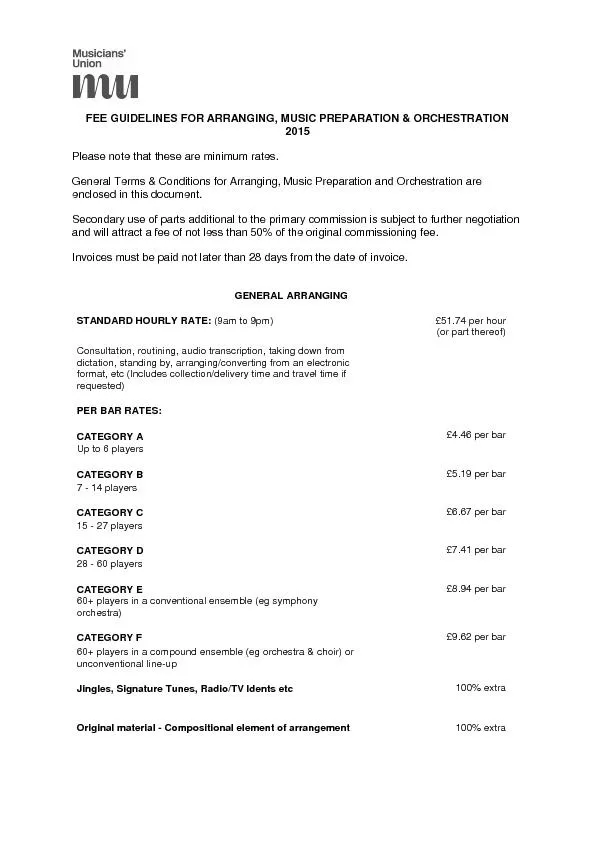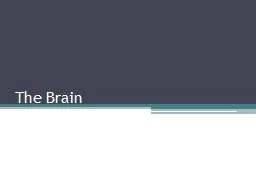PPT-Arranging the Elements
Author : tatyana-admore | Published Date : 2015-12-04
Suppose you went to the video store and all the videos were mixed together How could you tell the comedies from the action movies If the videos were not arranged
Presentation Embed Code
Download Presentation
Download Presentation The PPT/PDF document "Arranging the Elements" is the property of its rightful owner. Permission is granted to download and print the materials on this website for personal, non-commercial use only, and to display it on your personal computer provided you do not modify the materials and that you retain all copyright notices contained in the materials. By downloading content from our website, you accept the terms of this agreement.
Arranging the Elements: Transcript
Download Rules Of Document
"Arranging the Elements"The content belongs to its owner. You may download and print it for personal use, without modification, and keep all copyright notices. By downloading, you agree to these terms.
Related Documents


